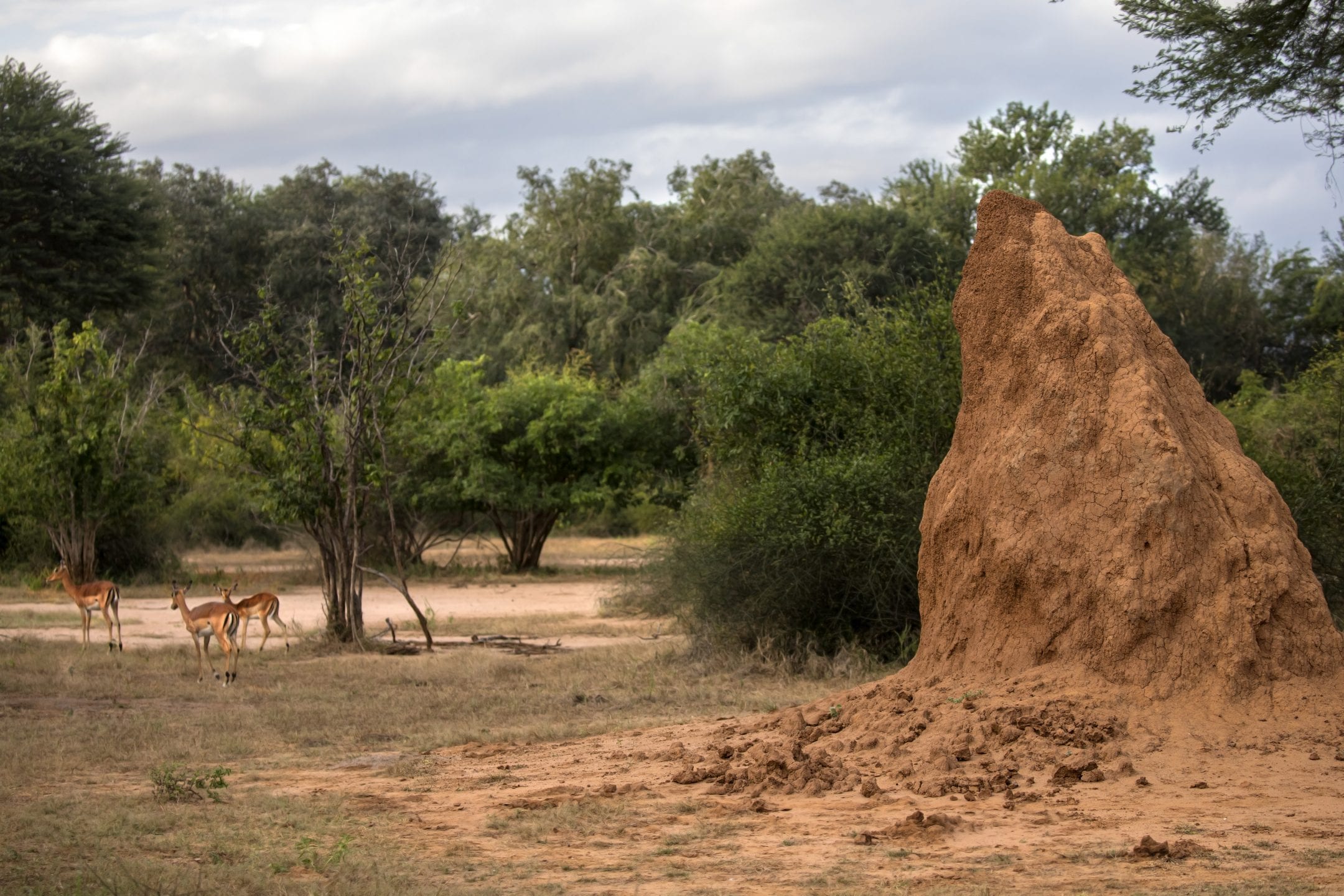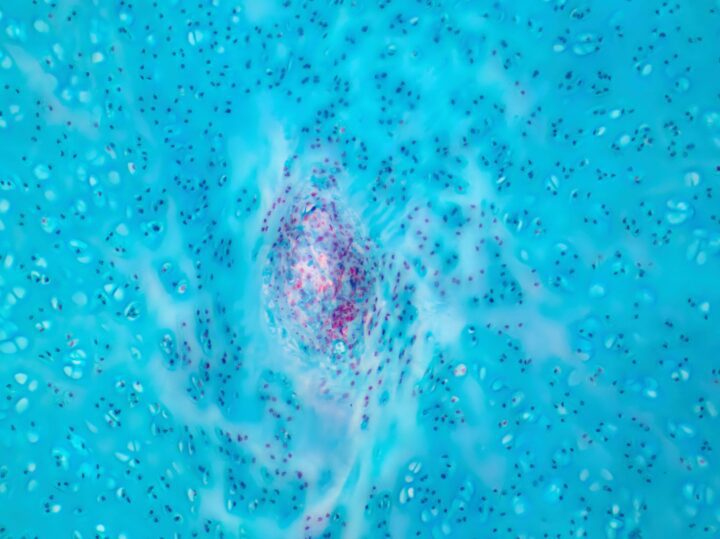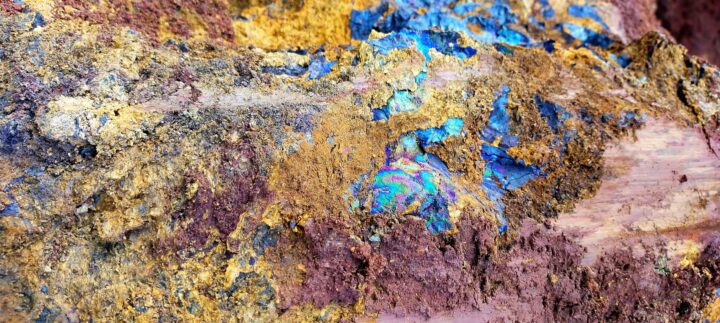The Eastgate Center designed by Mick Pearce uses passive and energy-efficient mechanisms of climate control to cool residents.
Benefits
- Reduced costs
- Energy saving
- Passive cooling
Applications
- Commercial and residential buildings
UN Sustainable Development Goals Addressed
-

Goal 11: Sustainable Cities & Communities
The Challenge
The climate of Harare, Zimbabwe usually requires buildings to be cooled year-round. This means the purchase, installation, and maintenance of a traditional air-conditioning system for a building has immediate and long-term costs. The challenge was to create a self-regulating ventilation system that would keep a building at temperatures that are comfortable for workers and residents.
Innovation Details
The Eastgate Centre is a shopping center and office building located in Harare, Zimbabwe. Rather than using a traditional fuel-based air-conditioning system to regulate temperature within the building, the Eastgate Centre is designed to exploit more passive and energy-efficient mechanisms of climate control. The building’s construction materials have a high thermal capacity, which enables it to store and release heat gained from the surrounding environment. This process is facilitated by fans that operate on a cycle timed to enhance heat storage during the warm daytime and heat release during the cool nighttime. Internal heat generated by the building’s occupants and appliances also help to drive airflow within the building’s large, internal open spaces, as it rises from offices and shops on lower floors toward open rooftop chimneys. Various openings throughout the building further enable passive internal airflow driven by outside winds. These design features work together to reduce temperature changes within the building interior as temperatures outside fluctuate. The $35 million building saved 10% on costs up-front by not purchasing an air-conditioning system. Rents are less expensive in this building compared to nearby buildings because of the savings in energy costs.
At the time of the building’s design, researchers had proposed that termite mounds maintained stable internal climates by having a physical structure that enables passive internal airflow. While subsequent research on termite mounds has altered our understanding of the function of mound structures, the Eastgate Centre still achieves a controlled internal climate with the help of cost-effective and energy-efficient mechanisms originally inspired by termite mounds.

Biological Model
It was previously thought that termite mounds functioned to continuously maintain the nest’s internal temperature within a narrow range in the face of extreme outside temperature fluctuations. However, the most recent published research on termite mounds suggests that they function much like mammalian lungs and act as accessory organs for gas exchange in the underground nests. During the day, changes in internal nest temperature are less extreme than changes in outside temperature, but over the course of a year, nest temperature does vary and closely follows the temperature of the surrounding soil.






